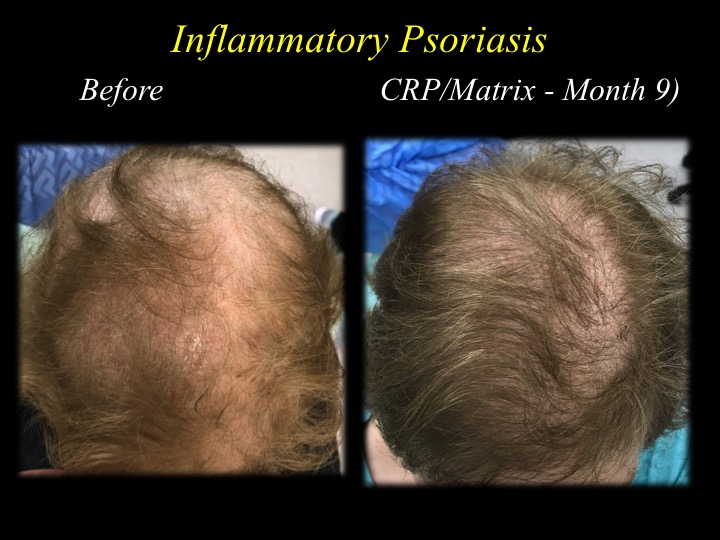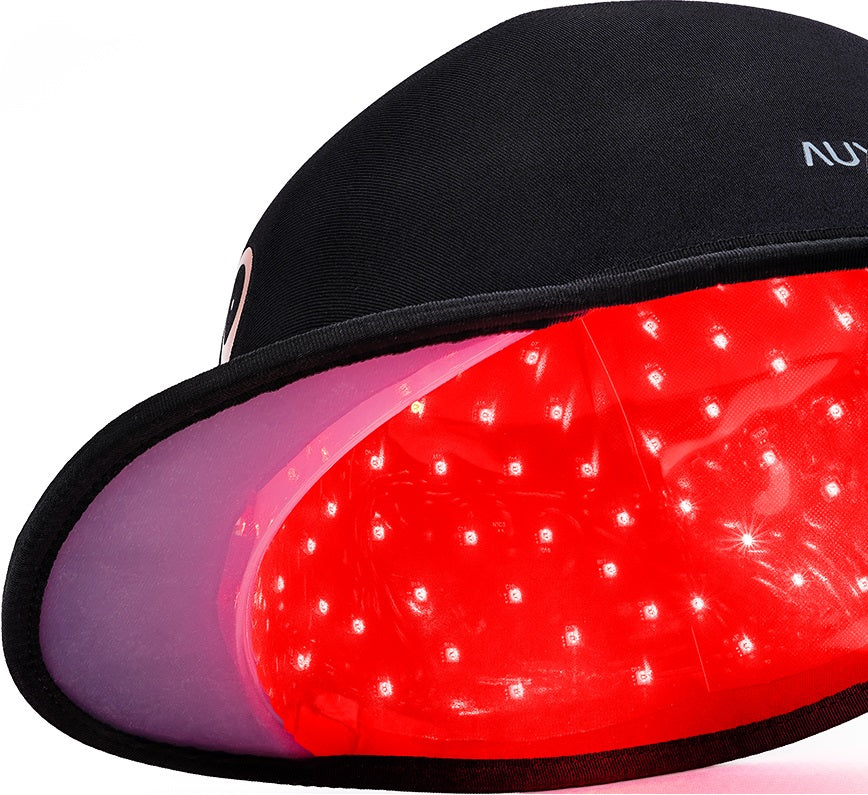
A lack of oxygen can have a significant impact on hair growth and strength. Oxygen is essential for the proper functioning of cells in the hair follicles, which are responsible for producing new hair strands. When the hair follicles do not receive enough oxygen, their metabolic activity can be impaired, leading to a decrease in the production of new hair strands. This can result in slower hair growth and thinner, weaker hair.
In addition, a lack of oxygen can weaken the hair shaft itself. Oxygen is needed for the production of keratin, the protein that makes up the hair shaft. Without an adequate oxygen supply, the hair shaft may become brittle and prone to breakage. Weakened hair shafts are more likely to experience damage from external factors such as styling, heat, and chemical treatments.
Overall, a lack of oxygen can impact both the growth and strength of the hair, leading to issues such as hair loss, thinning, and breakage. Ensuring proper oxygen supply to the hair follicles is essential for maintaining healthy hair growth and strength.
It has been demonstrated that oxygen deficiency (hypoxia) exists in balding scalp, and that the microvasculature around the follicle in balding areas is deficient compared to the microvasculature around follicles with normal hair growth.
It is believed that local tissue hypoxia may be the underlying pathophysiology by which age, genetics, and androgens interact to cause baldness. In one study it was demonstrated that the transcutaneous PO2 was significantly lower in bald frontal scalp than hair bearing scalp (nearly a 2:1 ratio of P02 in the hair bearing scalp).
Oxygen starvation leads to limited hair growth and compromised cellular repair mechanisms. The effects of DHT in male pattern baldness are related to the microvasculature deficiencies. The increase in androgen (DHT) production in the scalp area inhibits mitosis and induces insulin sensitivity in the follicular area. This insulin resistance further induces vasoactive substances that cause microvascular insufficiency and local tissue hypoxia with progressive miniaturization of hair follicles.
Once the oxygen starvation is initiated by DHT, the energy production within the cells in the hypoxic area is also shut down. Energy in the form of ATP is required for mitosis and cellular repair, and 80% of the energy production within a cell comes from the organelle called the mitochondria. Under hypoxic conditions the mitochondria shut down as a survival mechanism.
CRP, PRP and Autologous Growth Factors and Hypoxia

Platelet-rich plasma (PRP) therapy is a treatment that involves injecting a concentration of platelets derived from the patient's own blood into the scalp to stimulate hair growth. Platelets contain various growth factors and proteins that can promote tissue repair, regeneration, and healing.
One way in which “PRP/CRP therapy improves oxygen supply to the hair follicles is by enhancing blood flow”. The growth factors and proteins in PRP can help stimulate the growth of new blood vessels, a process known as angiogenesis. Improved blood flow to the scalp can increase the delivery of oxygen and nutrients to the hair follicles, promoting their health and function.
Additionally, “the growth factors in PRP can stimulate the activity of hair follicle stem cells and prolong the growth phase of the hair cycle”. This can lead to an increase in the production of new hair strands and thicker, stronger hair.
Overall, PRP therapy can improve oxygen supply to the hair follicles by enhancing blood flow, promoting tissue repair and regeneration, and stimulating hair growth. This can help to improve the health and strength of the hair, as well as promote new hair growth in individuals experiencing hair loss or thinning.
Phototherapy, hair loss and Hypoxia


Phototherapy, also known as low-level laser therapy (LLLT), is a non-invasive treatment that uses specific wavelengths of light to stimulate cellular activity and promote hair growth. While the exact mechanisms by which phototherapy increases oxygen to the hair follicles are not fully understood, there are several theories on how it may work:
1. Increased blood flow: One of the proposed mechanisms is that phototherapy may improve blood circulation in the scalp. “By stimulating blood flow to the hair follicles, more oxygen and nutrients can be delivered to the follicles, promoting their health and function.
2. Enhanced cellular metabolism: Phototherapy is believed to stimulate cellular metabolism and energy production within the hair follicles. “This increased cellular activity can help improve oxygen utilization by the follicles and support their growth and function”.
3. Reduction of inflammation: Phototherapy has anti-inflammatory effects, which may help reduce inflammation in the scalp that can restrict blood flow and oxygen supply to the hair follicles. By reducing inflammation, phototherapy may create a more favorable environment for hair growth.
4. Activation of stem cells: Some studies suggest that phototherapy may activate stem cells in the hair follicles, leading to the production of new hair strands. These newly generated hair follicles improve oxygen supply and be more resistant to factors that contribute to hair loss.
Research on the most effective light color and wavelength to reduce hypoxia in the scalp to improve hair growth is still ongoing, and the optimal parameters may vary depending on the individual and the specific condition being treated. However, red light therapy, which typically uses wavelengths in the range of 630-670 nanometers, is often considered the most effective for stimulating hair growth and improving scalp health.
